Ask a recruiter what keeps them awake at night and there’s a good chance you’ll get the usual rollcall of ‘burning issues’: diversity, technology, candidate experience, flexible working…The answers haven’t changed in the last ten years.
But what has changed is the dynamic between them.
Whereas a couple of years ago a hiring manager could approach these challenges singly, nowadays they need to be tackled in a much more integrated fashion.
Take technology and flexible working. If you’re going to have large numbers of people working from home, then your technology must be sufficient for the task. Thus, two issues become one
(somewhat more complicated) issue.
And it doesn’t end there. Our recent whitepaper Is Hybrid Working demonstrated that men are far more likely than women to want to work fully remotely. By contrast, women are twice as likely to be agreeable to working fully onsite.
Clearly, the challenges of diversity and flexible working also require a smarter, more integrated approach. Then there’s EVP. Another of our recent papers Money Talks highlighted the fact that women tend to be more invested in workplace culture than men.
Perhaps that’s not surprising. If women generally prefer to be onsite, it stands to reason they’ll take a closer interest in the office environment. But that means recruiters need to think carefully about how they approach talent, gauging the mindset of
specific candidates and adapting their propositions accordingly.
So now we have diversity, EVP, and remote working all bundled up into a single, multifaceted challenge.
The best recruiters have always taken a more strategic approach. But it’s increasingly clear that those who fail to see the inter-relatedness of HR and talent issues will soon fall behind in the race to secure the best candidates.

Understand How you can Be an Agile Shape Shifter here.
The World According to WhiteCrow
As the world’s largest sourcing and recruitment company, WhiteCrow works with clients across multiple geographies and sectors. So a brief glance at what we’re working on ought to provide a clue to what’s going on in the wider market.
Over the last quarter, the data on diversity tells us this:
In spite of COVID, Ukraine, and all the other
stresses upon the global economy, companies
are still hiring. In Q4 2022, we worked on projects for an average of 137.6 clients per month.
Nor did we see much fall-off as the quarter
progressed. In fact, the figures for October,
November and December were remarkably
consistent – 158, 164, and 145 respectively.
We see a similar picture when we look at
projects. November’s tally of 919 was actually
up on October’s figure (856). True, the numbers were down slightly in December (805), but most of this dip can be accounted for by the Christmas break.
The other interesting finding is that the ratio
between recruitment projects and research
projects (e.g. pipelining for future mandates)
actually rose in December. In October and
November, recruitment accounted for 74% of
projects but in the final month of the year, that figure rose to 79%. That’s emphatic proof that companies have not yet slammed on the brakes when it comes to hiring.
Sector-wise, most industries repeat the overall pattern of consistency across both clients and projects. However, a couple of sectors are showing signs of a slowdown. These are technology and financial services, with projects in the latter sector dipping 29% in November and a further 20% in December. On the other hand, client activity in Energy and Consumer Goods is noticeably up and we expect both trends to continue into 2023. Projects in Logistics & Supply Chain also saw a marked increase across the quarter, with December up nearly 50% on November which was itself marginally up on October.
So what about all that talk of global recession? Are our Q4 figures merely the last knocking of the post-pandemic rebound?
Should we brace ourselves for more sobering figures in the months to come? Well, perhaps, but the fact is, a number of companies are still cash-rich and with global unemployment reasonably low, there remains strong demand for candidates.
This is exacerbated by increased ‘candidate
stickiness’: classically, this occurs during times of increased uncertainty as workers take a “better the devil you know” approach to career management and therefore decline to engage with headhunters. This means more clients struggling to fill roles and, therefore, turning to talent problem solvers such as WhiteCrow Research.
It would be naïve to imagine there won’t be
some let up in hiring volumes as the new year
progresses, but our view is that (fingers crossed!) we’ll continue to see reasonable recruitment activity across most sectors and geographies for a little while longer.
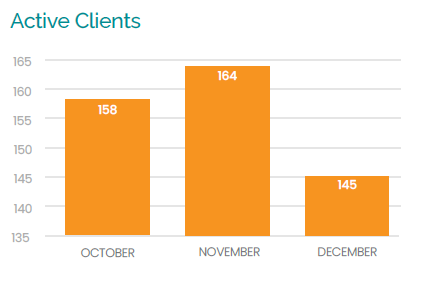

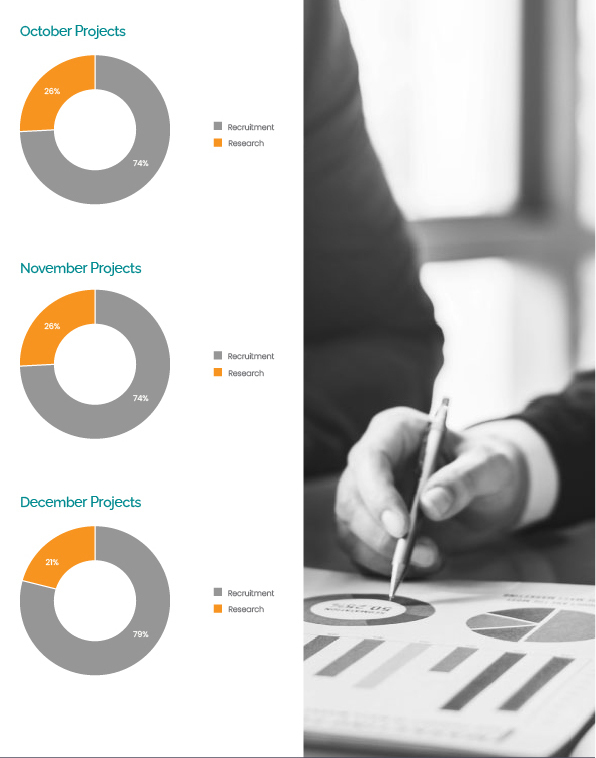
Also, check out our Article Don’t Worry, Be Happy here.
In Conversation with…
WhiteCrow’s LinkedIn followers may well have seen our recent interview with Arvind Sachdev, CVP of Colgate-Palmolive in the Philippines. A veteran of the consumer goods industry, Arvind’s views on a whole range of issues make for great reading. For the whole interview, go to link, but here are some of our favourite words of wisdom:
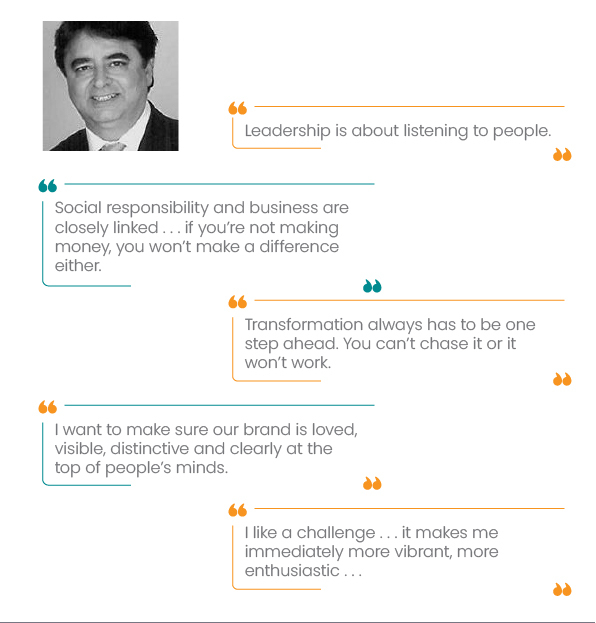
Know what is Candidate Experience and What Companies Get Wrong!
Talentomics
Covid. Inflation. Ukraine. Whatever your view on the big issues of the day, we can all agree these are unpredictable times. That’s a nightmare for workforce planning. So now more than ever. Talent teams need to be across the numbers.
Below, we share a selection of economic charts and comment briefly on their implications for recruitment.
Inflation vs Wage Growth
With only China posting wage growth figures
which outstrip inflation, it seems very few
workers are going to get a real-term pay rise in the coming months.
That means a lot of disgruntled workers which
is surely good for headhunters seeking to
lure talent away from competitors. But hiring
companies will have to stump up for the best
candidates.
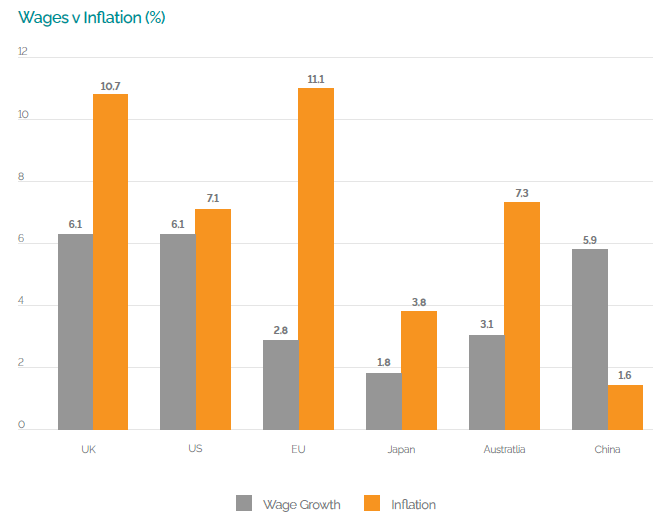
Also, check out our Executive Solutions here.
Unemployment by Country/Region
As the memory of COVID recedes, it’s tempting to think life’s returned to normal. But these figures show not a single region where employment has returned to pre-pandemic levels.
This ought to mean that candidates are in
slightly greater supply, but a related problem
concerns the large numbers of people who are now economically inactive; i.e. they have
removed themselves from the workforce
because of sickness, retirement, or some other reason.
Is this a cultural shift? Have some people just
given up on the old work/life paradigm and
opted for a simpler existence? Answering
this question should be high on any talent
professional’s to-do list because the
implications for EVP are enormous.
Our complete “Resources from Industry Experts” is now available here.
Working Hours
Even before COVID, plenty of people were advocating the merits of remote working. The
counterargument focused on a possible lack of productivity as unsupervised workers knocked off early or took additional breaks.
But evidence suggests the doomsayers were
wrong and we’re already getting back to pre-pandemic productivity levels. That provides
an obvious takeaway for companies still
formulating their work-from-home policy
It’s also worth noting the decline in working
hours in India over the last 15 years. This seems odd given the way that the economy has grown during the same period. A likely explanation is that working hours have reduced as a result of increasing urban migration and the relative decline of the agricultural industry in favor of services or manufacturing.
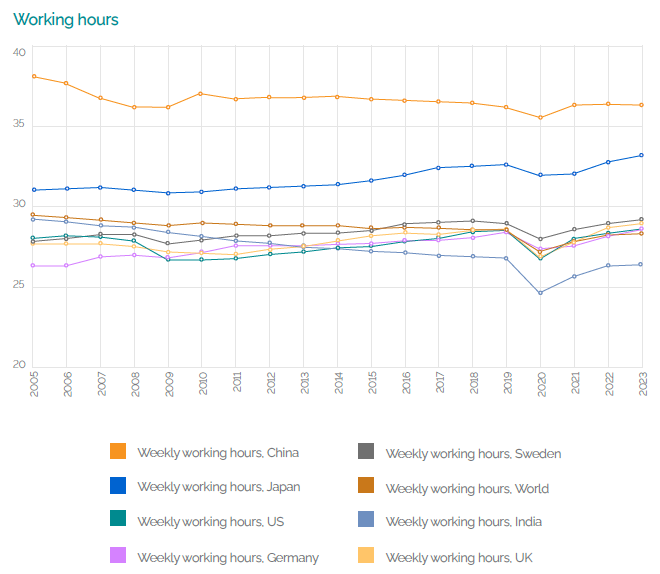
Read our new article on Who Cares Wins here.
Quote of the Quarter
You can’t read body language on Zoom.
This was said to us by a senior sales candidate in Singapore, who requested a face-to-face interview with our client instead of the scheduled remote meeting. His concern was that tech-enabled meetings are too impersonal and don’t allow either party to make a judgement on ‘cultural fit’. Perhaps he has a point. Certainly, remote meetings help to speed the recruitment process, but is this sometimes achieved at the expense of failing to understand candidates’ whole personality?

Check out our Quarterly Published The WhiteCrow Whisper here.
Wordplay
Like any industry, recruitment has its lexicon of odd words and phrases. The best of these serve to illuminate complex topics; the worst merely confuse and obfuscate. As for the rest, well, let’s take a closer look…
Cohort
/ˈkəʊhɔːt/
noun
A couple of years ago, you seldom heard ‘cohort’ outside of a history textbook. That’s because it used to refer to a unit in the
imperial Roman army. Now everyone’s using the word. They’re not talking about soldiers, of course, just groups of people. But in that case, why not just use the word ‘group’? Well, to be fair, cohort in its modern meaning indicates groups with shared characteristics. So, if you’re talking about a bunch of candidates with a certain qualification or in a specific age-bracket, you’re using the word correctly. But is that always how people use it? Keep a listen out. It certainly seems to crop up in conversation more than its (precise) meaning suggests it should.

